The robot buildings and floating cities of Pritzker Prize winner Arata Isozaki
One of the most fascinating pieces of design by Japanese architect Arata Isozaki isn’t showcased in the press materials distributed by the Pritzker Prize, which today awarded the 87-year-old architect its annual prize. It was a pair of glittering, 24-foot-tall robotic buildings named Deme and Deku.
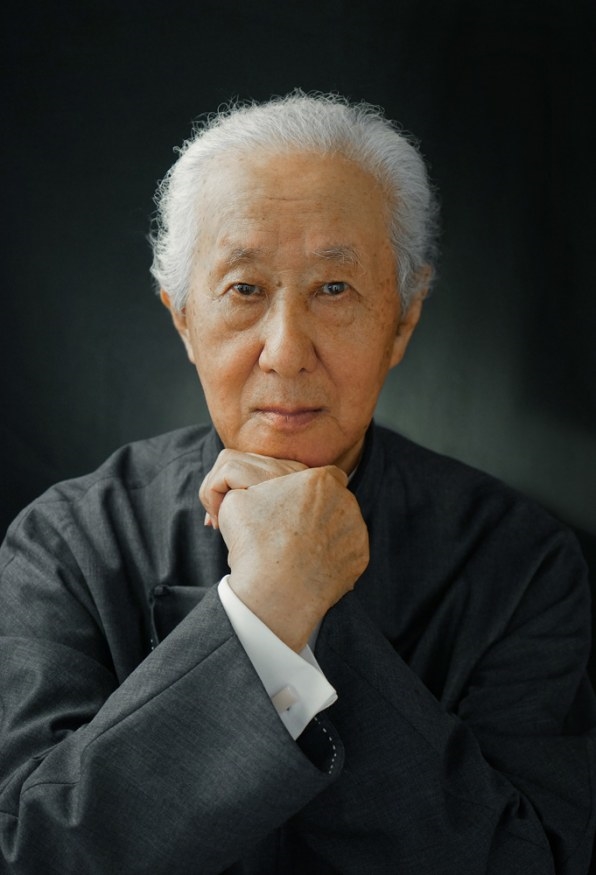
[Image: courtesy Pritzker Architecture Prize]
Isozaki’s long career has seen him build major works all over the world, from his 1986 design for the Museum of Contemporary Art in Los Angeles to 1993’s stark, expressive La Casa del Hombre and 1987’s Kitakyushu Central Library.
But some of his experimental early work is just as compelling and worth highlighting, reflecting a young architect grappling with the immense destruction of war and the radical changes that came after it.
Isozaki designed Deme and Deku for the Expo 1970 in Osaka, Japan’s first world fair and a symbol of the country’s reemergence from the postwar era into a powerful force in the world economy.
The two buildings were designed to facilitate events and performances at the Expo, with Deme’s globular plastic head collecting data and ordering Deku to carry out different actions at the Expo, according to Cybernetic Zoo, which has thankfully preserved a trove of images of the robots. When the robots raised their spindly knees, they created a stage. Deme’s arm could be extended to hold people. They could also spray water, collect data about the environment around it, and record video for TV, according to Isozaki’s diagrams.
According to University of Australia cultural historian Yuji Sone, Deme’s name meant “pop-eyes,” while Deku was a shortened version of Dekunobo, “a derogatory name for an ‘incompetent and stupid person.’” They were “at the same time friendly performers and clowns and imposing spectacles placed in prominent locations,” Sone writes in Japanese Robot Culture. Such robots became “a sign of a bright future” at many more exhibitions and events.
Isozaki–a protégé of architect Kenzo Tange, who designed the main festival venue–created the robots when he was in his late 30s. He had lived through World War II, and witnessed the destruction of Hiroshima and Nagasaki firsthand as a child.
“It was in complete ruins, and there was no architecture, no buildings, and not even a city,” he says in one quote. “Only barracks and shelters surrounded me. So my first experience of architecture was the void of architecture, and I began to consider how people might rebuild their homes and cities.”
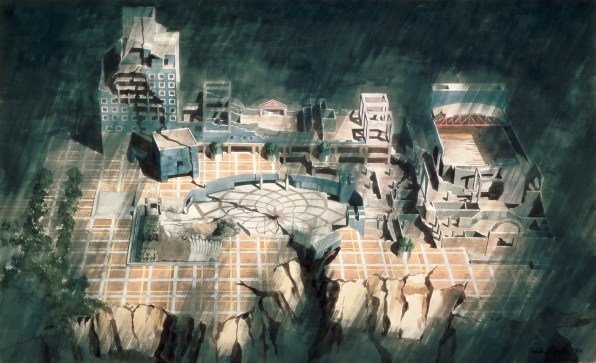
[Image: Arata Isozaki and Associates/courtesy Pritzker Architecture Prize]
Much of his early work reflects that process of consideration. In the 1960s, Isozaki designed a plan to hang a brand-new city above old Tokyo. Called City in the Air, it revealed the radical strains surging through Japanese architecture at the time, which were led by his mentor, Tange. In a 1968 drawing called Re-ruined Hiroshima, which is now in New York City’s Museum of Modern Art’s permanent collection, Isozaki renders two angular, spindly structures over the ruins of the Japanese city.
Though Isozaki built dozens of influential buildings in the time since, his work from the 1960s feels particularly relevant today, at a time when the world is undergoing radical change. “They are dead architecture,” Isozaki said of Re-ruined Hiroshima. “Their total image has been lost. The remaining fragments require the operation of the imagination if they are to be restored.”
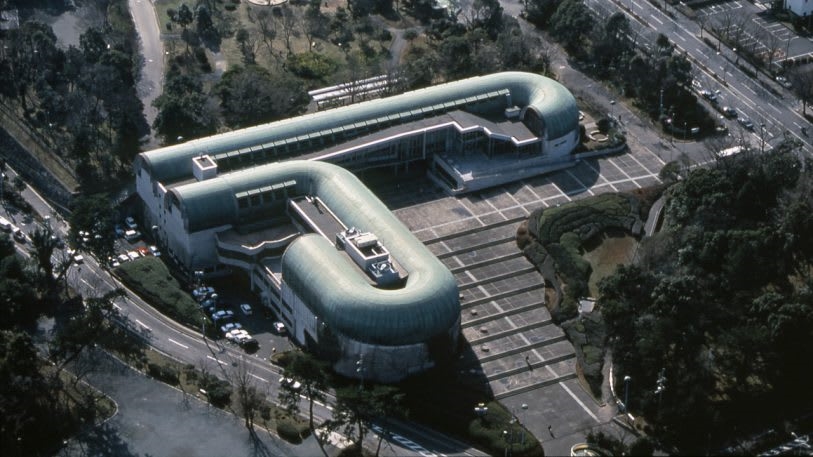
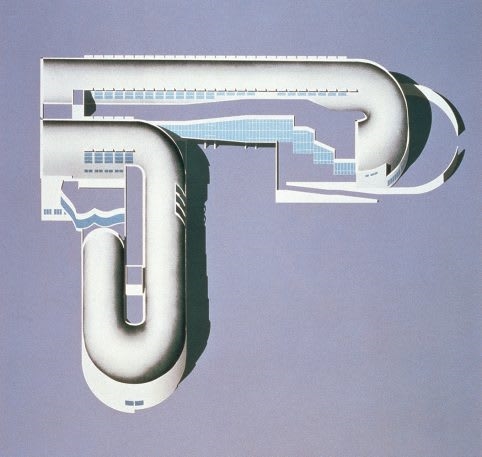
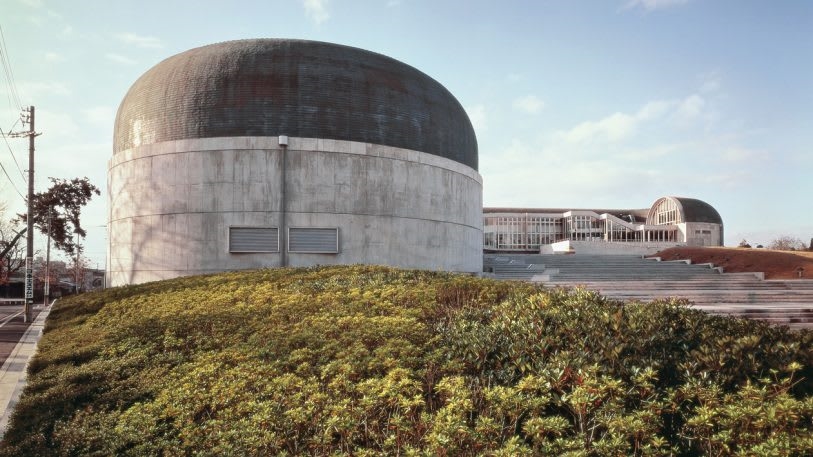
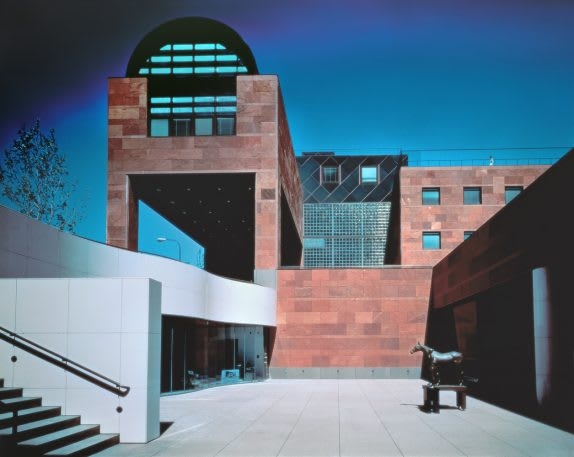

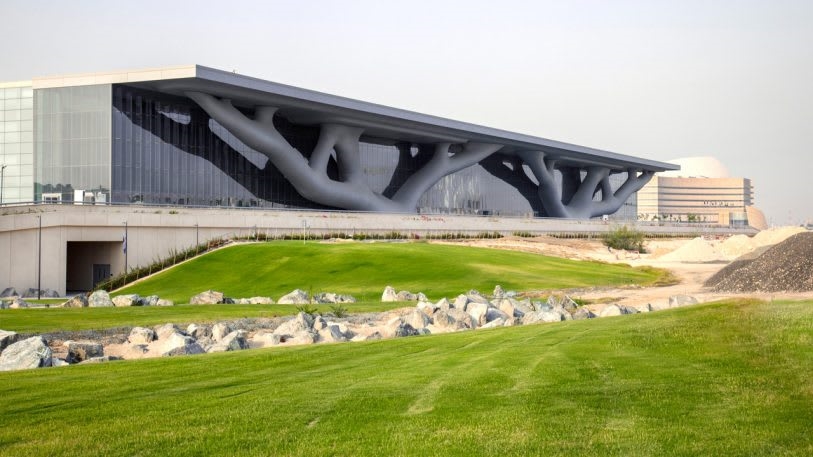
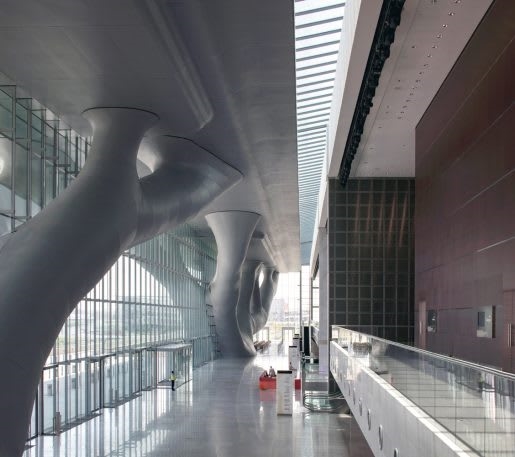
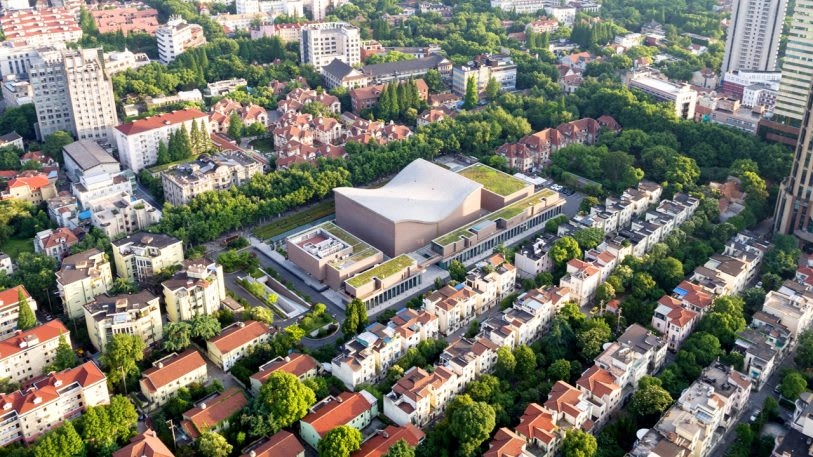
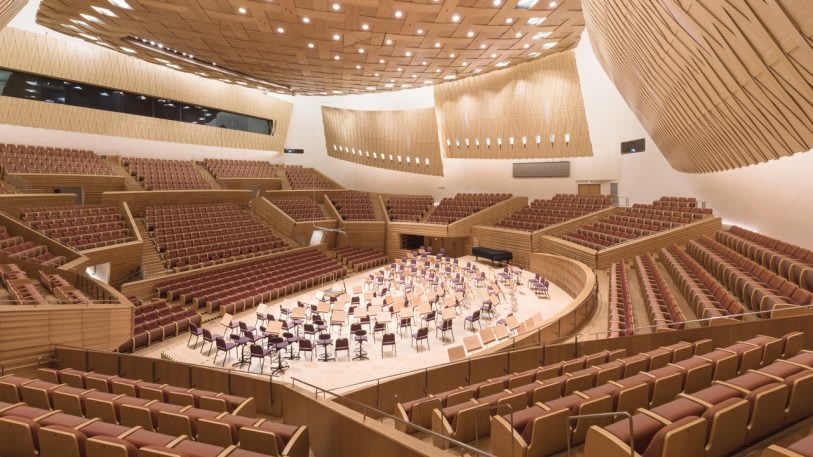
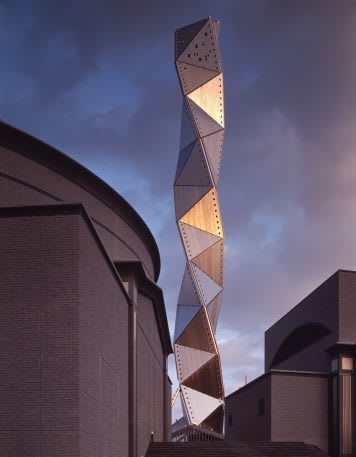
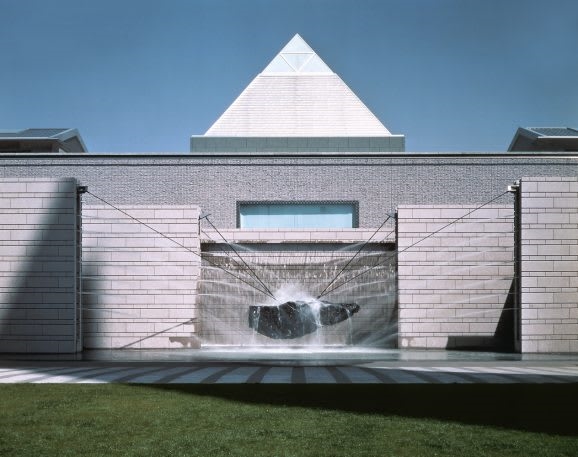
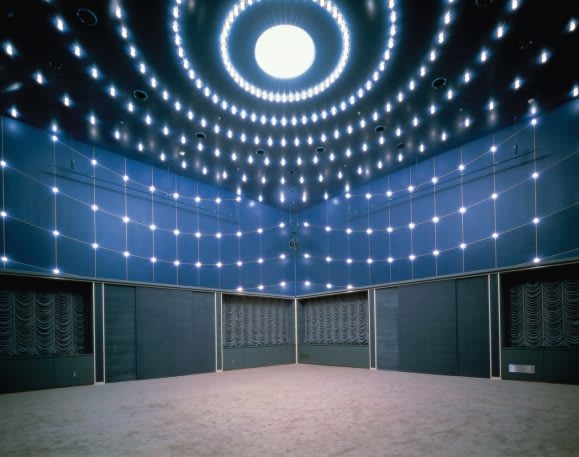
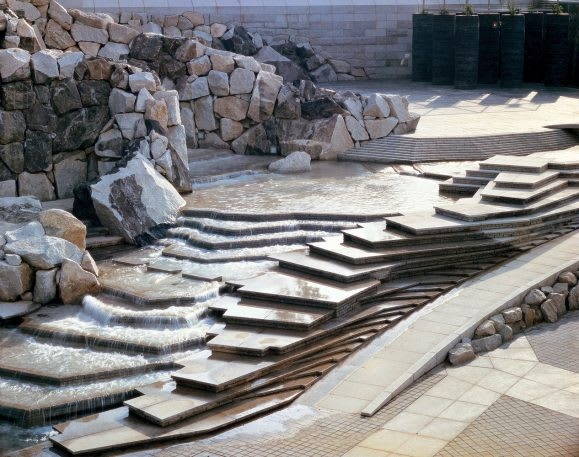
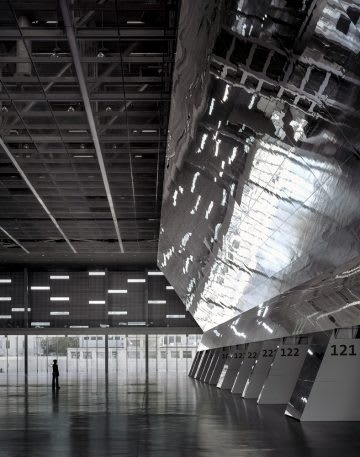
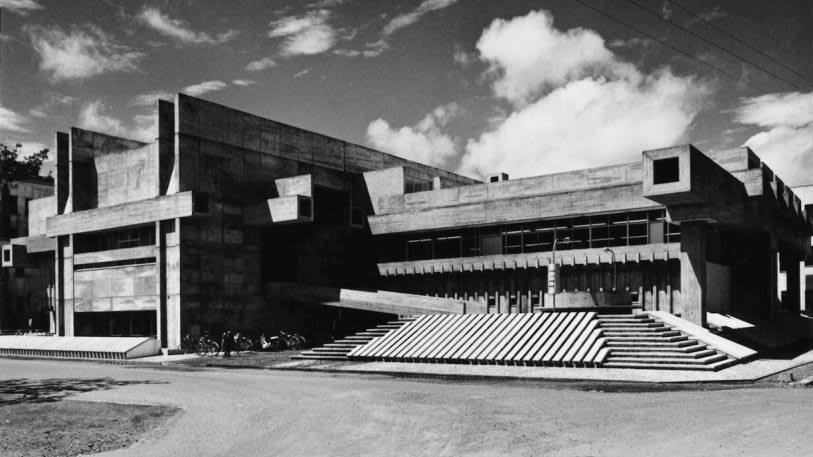
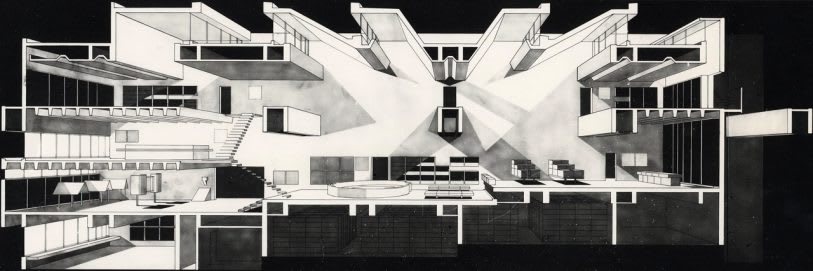
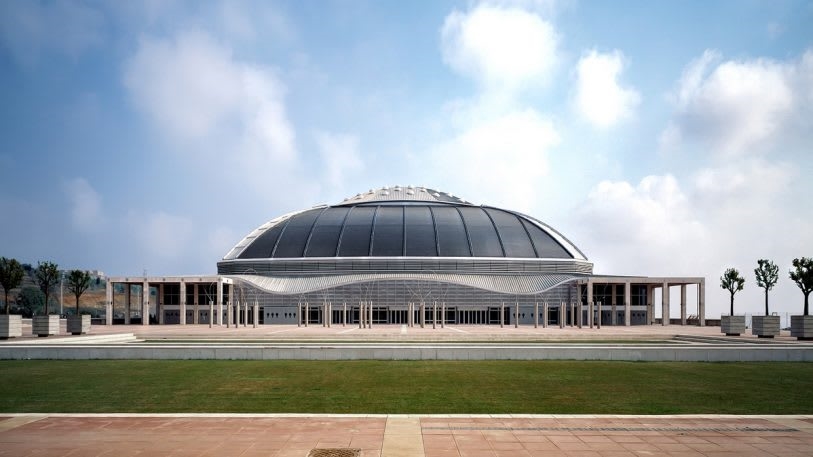
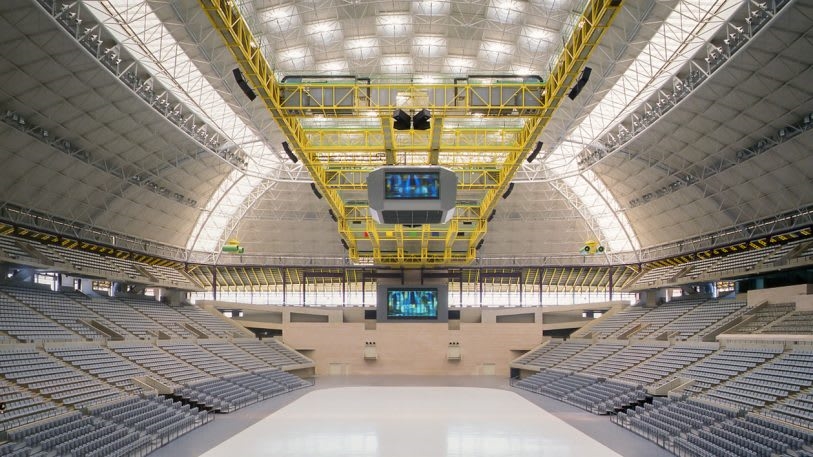
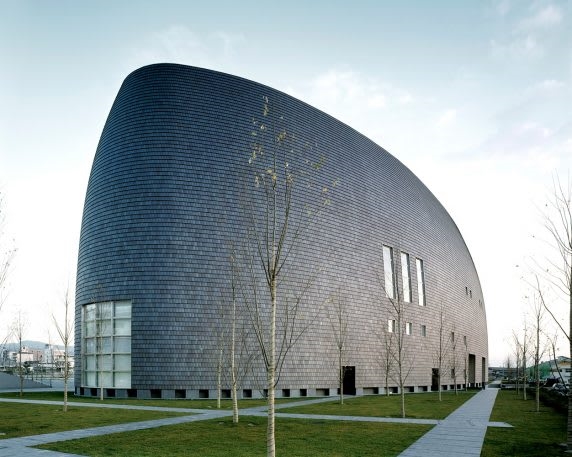
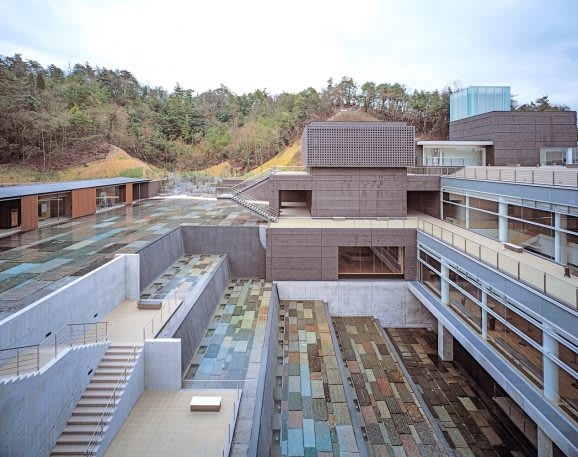
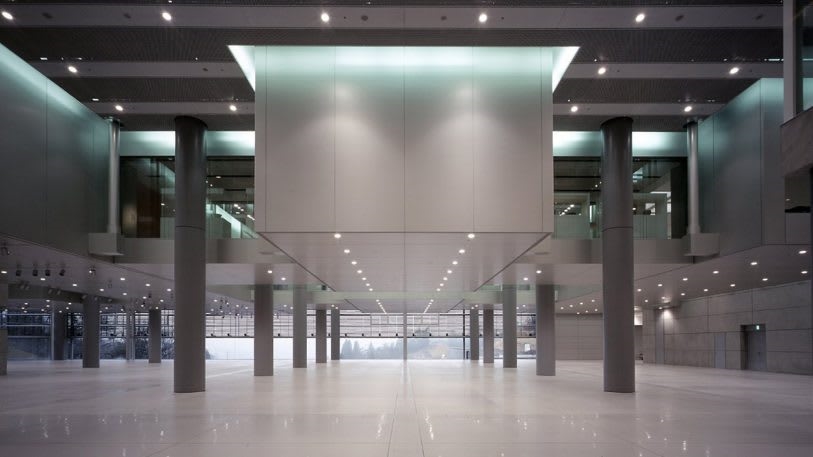
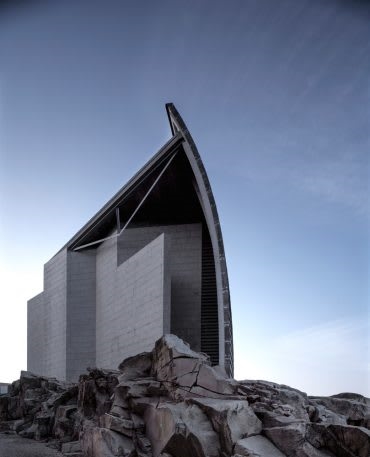
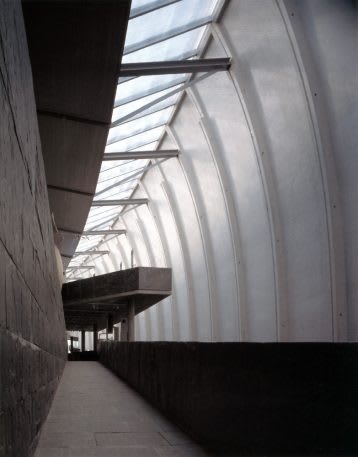
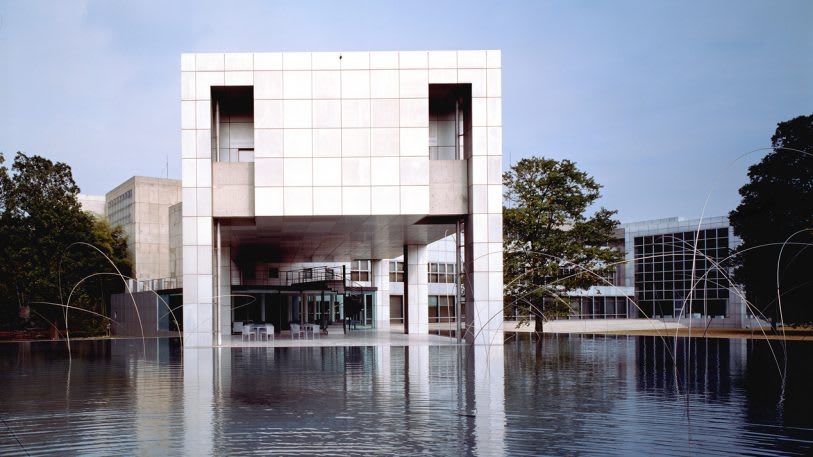
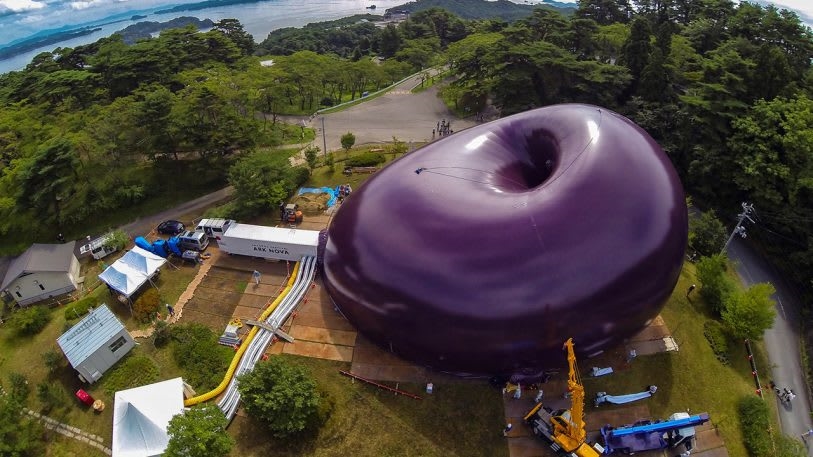
(68)

